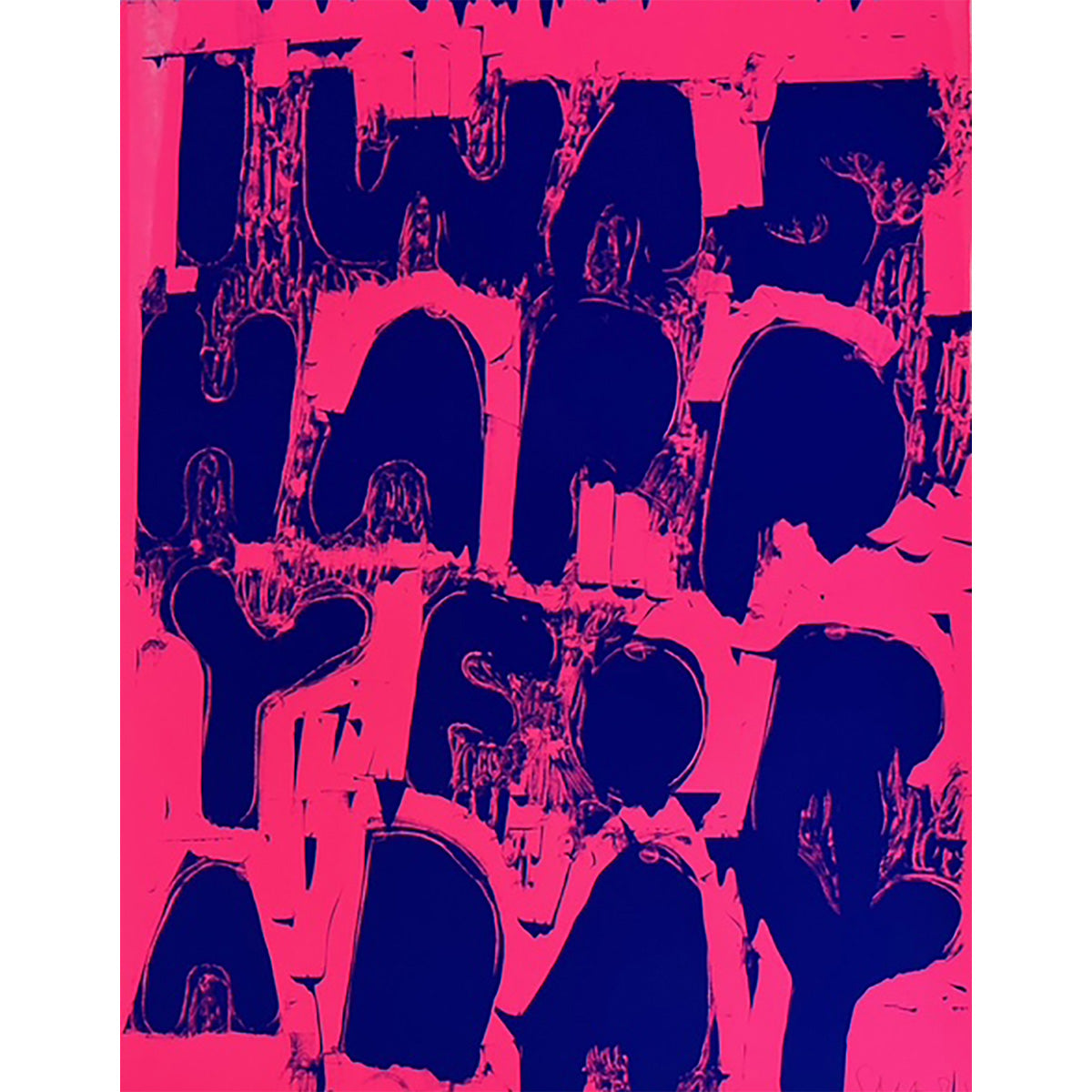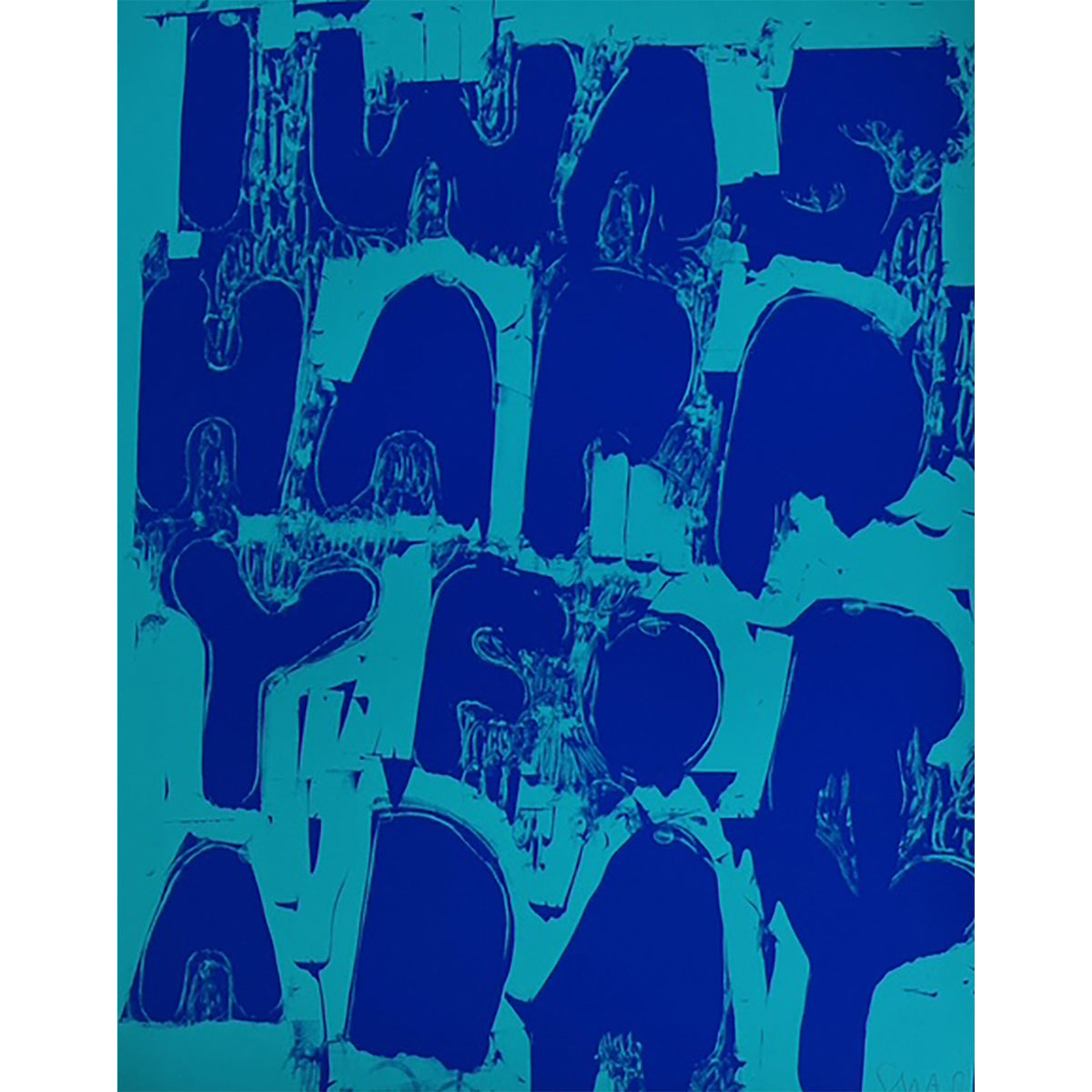
Izima Kaoru
341 Itaya Yuka wears Comme de Garcons, 2002, 342 Itaya Yuka wears Comme de Garcons, 2002
Tax included. Shipping calculated at checkout
Diptych of two C-prints
Sheet size 40.80 x 50.80 cm
Image size 32.00 x 42.00 cm and 32.00 x 22.00 cm
Signed and numbered
Edition of 25 + 5 AP
Shipping Policy
Germany: €49.00
EU: €90.00
Worldwide: €200.00
Different shipping costs apply to selected editions due to size or weight. These will be calculated at checkout.
Some editions will only be made for you after your order has been received. In these cases we expect a deadline of around 4 weeks for printing and shipping.
If you have any questions, please contact your contact person at the publisher directly.
“The death of a beautiful woman is unquestionably the most poetical topic in the world,” wrote Edgar Allan Poe. And one is tempted to be of the same opinion when considering Ophelia, Madame Bovary, or Anna Karenina. This concept is also deeply rooted in Far Eastern culture: Buddhism even recommends daily meditation on one’s own death.
The Japanese artist Izima Kaoru (*1954 in Kyoto) lets the most beautiful of the beautiful generate ideas about their own impermanence, about their own death, which he then translates into images. Starting with classic and strict landscape photographs, his highly aesthetic images slowly approach the victims of self-inflicted or external violence—right down to detailed close-ups of their faces—who have experienced death in perfect beauty. His visual sources range from traditional Japanese Ukiyo-e woodcuts to Pop Art—and the results are always characterized by a bewitching, melancholic beauty and sadness.
Among the blossoming bushes of an overgrown park, Itaya Yuka, a famous Japanese actress, lies on the naked ground. Her red dress stands out among the lilac colored hydrangeas; a couple of fallen petals decorate her throat. In Hanakotoba, the Japanese “language” of plants, the hydrangea is traditionally considered a symbol of pride—has the beauty’s pride doomed her, perhaps? In the wild Garden of Eden, the hydrangea, which, after all, originally comes from Japan, seems as strange and exotic as the beautiful dead woman.
The Japanese artist Izima Kaoru (*1954 in Kyoto) lets the most beautiful of the beautiful generate ideas about their own impermanence, about their own death, which he then translates into images. Starting with classic and strict landscape photographs, his highly aesthetic images slowly approach the victims of self-inflicted or external violence—right down to detailed close-ups of their faces—who have experienced death in perfect beauty. His visual sources range from traditional Japanese Ukiyo-e woodcuts to Pop Art—and the results are always characterized by a bewitching, melancholic beauty and sadness.
Among the blossoming bushes of an overgrown park, Itaya Yuka, a famous Japanese actress, lies on the naked ground. Her red dress stands out among the lilac colored hydrangeas; a couple of fallen petals decorate her throat. In Hanakotoba, the Japanese “language” of plants, the hydrangea is traditionally considered a symbol of pride—has the beauty’s pride doomed her, perhaps? In the wild Garden of Eden, the hydrangea, which, after all, originally comes from Japan, seems as strange and exotic as the beautiful dead woman.
Produktinformation Deutsch
Unter den blühenden Sträuchern eines verwilderten Parks liegt auf der nackten Erde Itaya Yuka, eine bekannte japanische Schauspielerin. Ihr rotes Kleid sticht aus den fliederfarbenen Hortensien hervor, ein paar abgefallene Blütenblätter zieren ihren Hals. Im Hanakotoba, der japanischen »Sprache« der Pflanzen, gilt die Hortensie traditionell als Symbol des Stolzes – ist der Schönen etwa ihr Stolz zum Verhängnis geworden? in dem verwilderten Garten Eden erscheinen die Hortensien, die ja ursprünglich auch aus Japan stammen, jedenfalls ebenso fremd und exotisch wie die schöne Tote.
»Der Tod einer schönen Frau ist ohne Zweifel das poetischste Thema der Welt«, schrieb Edgar Allan Poe. Man denkt an Ophelia, Madame Bovary oder Anna Karenina und ist versucht, ihm recht zu geben. Auch in der östlichen Kultur ist dieser Gedanke tief verwurzelt: Der Buddhismus empfiehlt sogar, täglich über den eigenen Tod zu meditieren. Der Japaner Izima Kaoru lässt seine Modelle Ideen zur eigenen Vergänglichkeit, zum eigenen Sterben entwickeln und übersetzt diese dann in Bilder. Seine hoch ästhetischen Fotografien nähern sich, von einer klassischen, strengen Landschaftsaufnahme ausgehend, langsam den in perfekter Schönheit inszenierten Opfern eigener oder fremder Gewalt an, bis hin zur detaillierten Nahaufnahme der Gesichter. Die visuellen Anleihen reichen dabei vom traditionellen japanischen Farbholzschnitt UKIYO-E bis zur Pop-Art - das Ergebnis ist immer von betörender melancholischer Schönheit, und Traurigkeit.
Izima Kaoru (*1954 in Kyoto). Lebt und arbeitet in Tokio.
Izima Kaoru beschäftigt sich seit den späten 1970er-Jahren mit Fotografie, Video und Film. Er hat bei verschiedenen Magazinen und Zeitschriften mitgearbeitet und gibt seit 1994 das von ihm gegründete Modemagazin zyappu heraus.
Izima Kaoru (*1954 in Kyoto). Lebt und arbeitet in Tokio.
Izima Kaoru beschäftigt sich seit den späten 1970er-Jahren mit Fotografie, Video und Film. Er hat bei verschiedenen Magazinen und Zeitschriften mitgearbeitet und gibt seit 1994 das von ihm gegründete Modemagazin zyappu heraus.
»Der Tod einer schönen Frau ist ohne Zweifel das poetischste Thema der Welt«, schrieb Edgar Allan Poe. Man denkt an Ophelia, Madame Bovary oder Anna Karenina und ist versucht, ihm recht zu geben. Auch in der östlichen Kultur ist dieser Gedanke tief verwurzelt: Der Buddhismus empfiehlt sogar, täglich über den eigenen Tod zu meditieren. Der Japaner Izima Kaoru lässt seine Modelle Ideen zur eigenen Vergänglichkeit, zum eigenen Sterben entwickeln und übersetzt diese dann in Bilder. Seine hoch ästhetischen Fotografien nähern sich, von einer klassischen, strengen Landschaftsaufnahme ausgehend, langsam den in perfekter Schönheit inszenierten Opfern eigener oder fremder Gewalt an, bis hin zur detaillierten Nahaufnahme der Gesichter. Die visuellen Anleihen reichen dabei vom traditionellen japanischen Farbholzschnitt UKIYO-E bis zur Pop-Art - das Ergebnis ist immer von betörender melancholischer Schönheit, und Traurigkeit.
Izima Kaoru (*1954 in Kyoto). Lebt und arbeitet in Tokio.
Izima Kaoru beschäftigt sich seit den späten 1970er-Jahren mit Fotografie, Video und Film. Er hat bei verschiedenen Magazinen und Zeitschriften mitgearbeitet und gibt seit 1994 das von ihm gegründete Modemagazin zyappu heraus.
Izima Kaoru (*1954 in Kyoto). Lebt und arbeitet in Tokio.
Izima Kaoru beschäftigt sich seit den späten 1970er-Jahren mit Fotografie, Video und Film. Er hat bei verschiedenen Magazinen und Zeitschriften mitgearbeitet und gibt seit 1994 das von ihm gegründete Modemagazin zyappu heraus.

Izima Kaoru
Sale price€1.500,00
Regular price (/)
We also recommend
Lake Verea: Modern Barragán - Edition
Sale price€120,00
Stefan Marx
Sale price€980,00
Gabriele Rothemann
Sale price€360,00
Michael Wesely mit/with Herbert Maschke
Sale price€420,00







